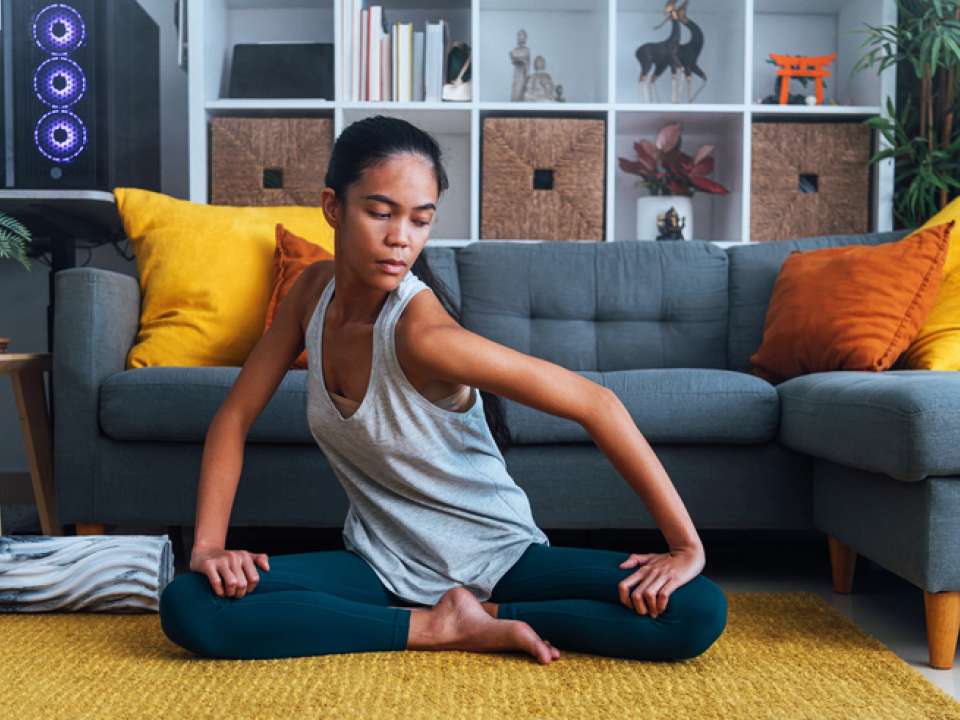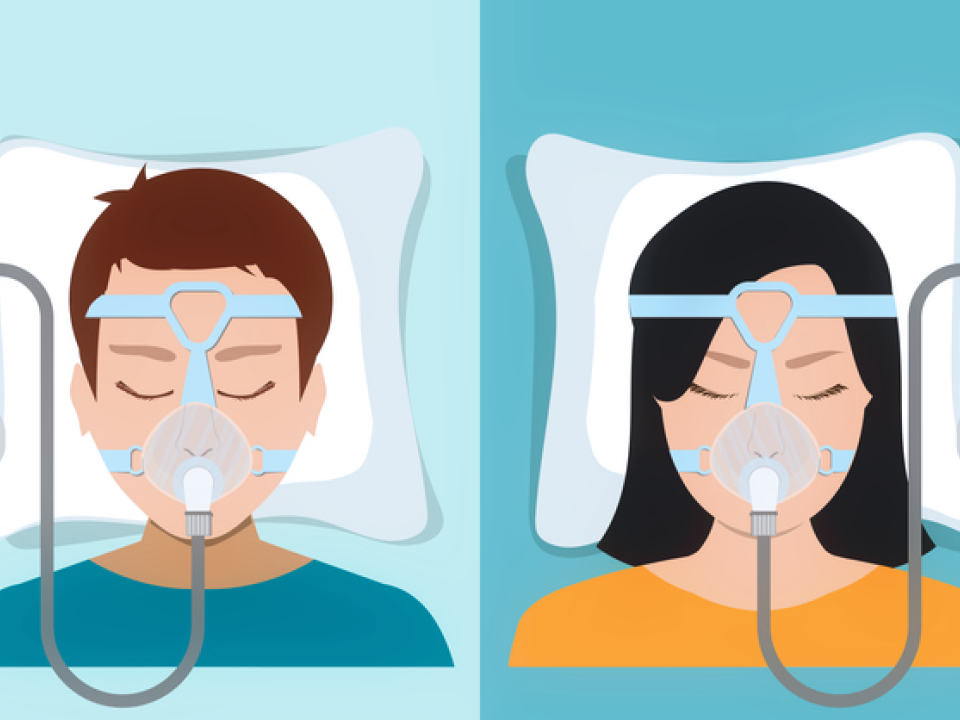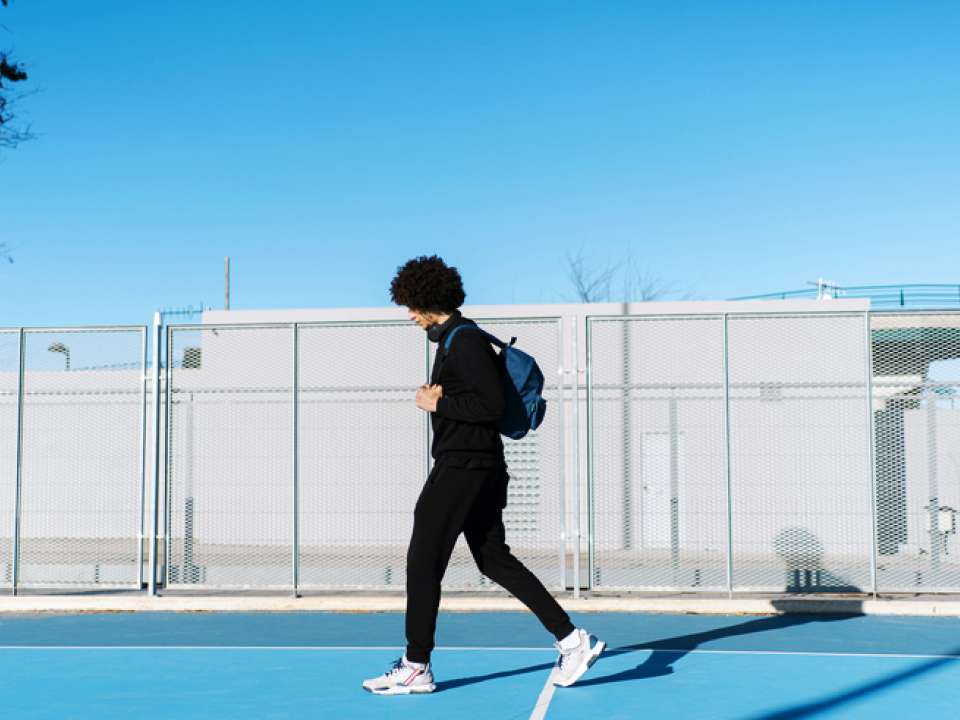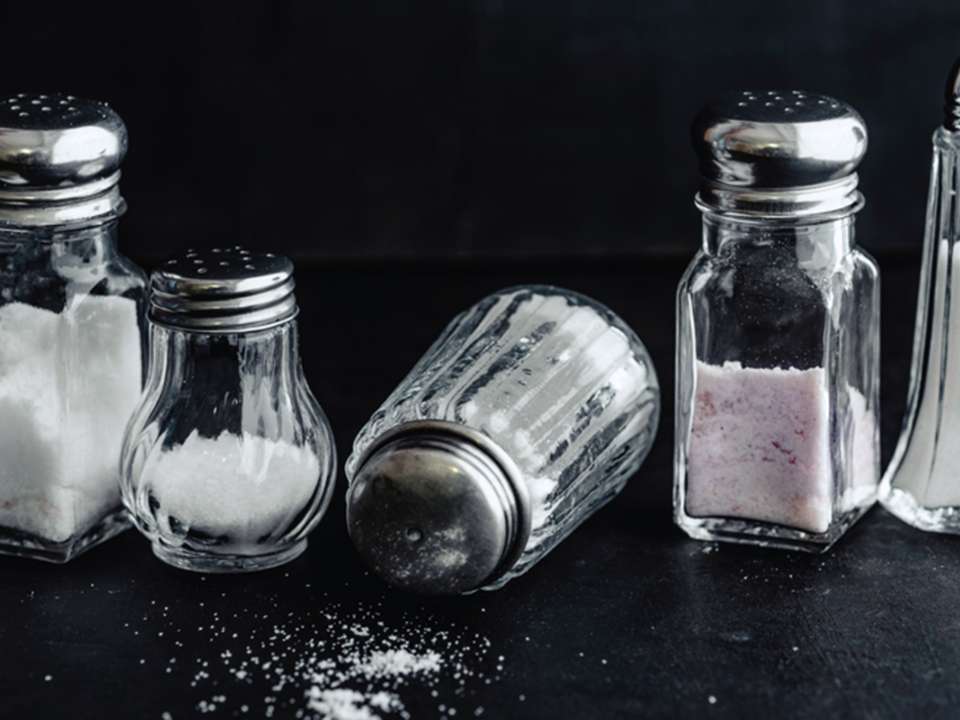Self-Massage for Runners: The 5 Best Self-Myofascial Release Moves to Try
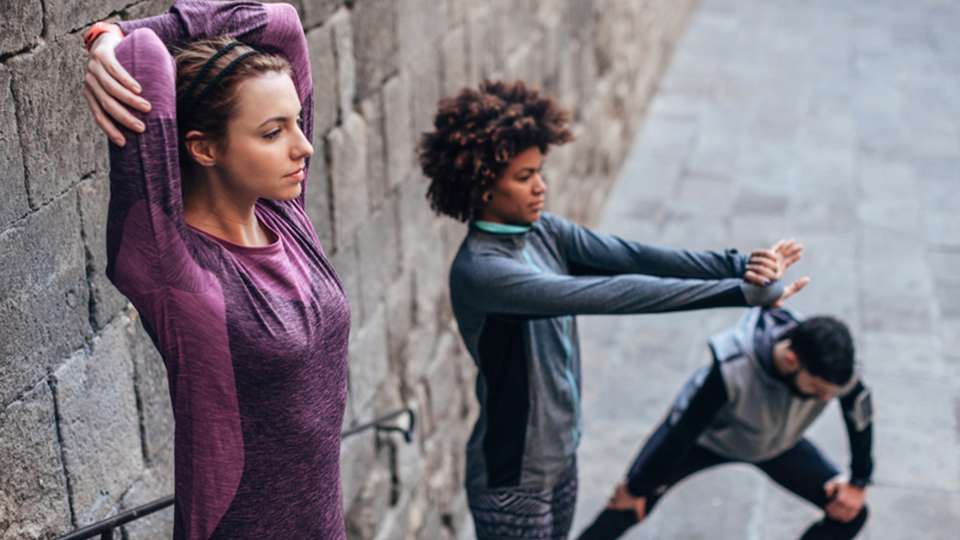
When you think about your body, muscles and bones probably come to mind, and maybe ligaments and tendons. But the majority of your body is actually composed of fascia, or connective tissue, that has its own set of requirements for post-run recovery, says Elliot O’Connor, D.P.T., a physical therapist at the UW Medicine Sports Medicine Center at Husky Stadium.
Fascia is like fabric that soaks up water. When it’s well-hydrated, it can move more freely—helping your whole body move better, too. But when fascia gets dried out, it can limit your mobility, says O’Connor.
Unlike muscle, fascia is woven throughout the body and doesn’t lie down in linear paths, explains O’Connor. That makes it hard to create enough tension to change it with stretching—and is why stretching alone isn’t enough for recovery after long runs, especially if you’re been putting in a lot of miles training for an event, like the Seattle Marathon.
Self-myofascial release, or self-massage, can help you work deep into fascia, breaking up scar tissue and adhesions, or knots, and making the tissue more pliable, says O’Connor.
There’s still a lot that movement experts don’t know about fascia, but one belief is that myofascial release works by stimulating blood flow to the area, which improves circulation and hydrates fascia, he says. Foam rolling, which is a self-massage method, has been shown to aid in recovery, decreasing delayed-onset muscle soreness.
5 foam roller and massage ball moves for runners
These self-myofascial moves target the areas of the lower body that tend to be overworked and hold the most tension for runners. Grab a foam roller and a lacrosse ball and brace yourself: Self-myofascial release can feel pretty uncomfortable, especially at first.
Aim to do each move for two minutes at least once or twice a week as part of your general maintenance plan, says O’Connor. If you experience pain after any of these moves, or you aren’t able to take a full breath while doing them, ease off. Pain that persists should be addressed by a medical professional.
Move 1: Outer hip ball massage
Many of us hold a lot of tension in the outer hip that we don’t realize we have—until doing something like self-myofascial release, says O’Connor. In runners, the hips and glutes are often both weak and tight, especially for those who spend a lot of time sitting between runs.
How to: Lie on your side with your upper body weight resting on your forearm. Locate the small area of soft tissue under your pelvis bone but above your femur bone, (the large bone on the top of your leg). This is where your gluteus medius and your tensor fasciae latae muscles are located. Place the lacrosse ball in this area and gently roll up and down the hip. Look for any spot that’s tender, but know that when you’re first starting out the whole area may feel sensitive. Hold the ball there and flex and relax the muscle to let the ball work in deeper before moving to the next area.
To make this move or any other ball massage moves less intense, position your body on a cushioned mat or on blankets. If that still feels too intense, you can stand with the ball between your hip and the wall and do the same movement against the wall.
Move 2: IT band foam rolling
If you have knee pain from running, there’s a good chance it’s from your iliotibial band, or IT band, says O’Connor. This dense piece of fascia runs from outside the pelvis to below the knee and helps stabilize the knee during running.
How to: Position your body on a foam roller with the outer side of one leg perpendicular to the long side of the roller and your upper body resting on a forearm. Use the other leg like a kickstand in front of you for support and to help you roll from just below your hip to right above your knee. As you relax into the foam roller, flex and relax your muscles to help break up the dense IT band tissue, spending extra time on areas that feel most tender.
Move 3: Adductor foam rolling
The muscles in the groin area, or hip adductors, help stabilize your knees during running. Yet they’re an often-neglected area of tightness for runners, says O’Connor. If you have inner knee pain, it could be caused by adductor tightness and weakness, he says.
How to: Lie on your belly with your weight propped up on your forearms. Position a foam roller to one side, and extend a bent leg over it so your inner thigh is resting on the foam. Turn your body toward the ground and roll out your adductors from the top of the knee all the way up to the pelvis, doing your best to relax into the foam roller.
Move 4: Inner calf ball massage
Running hills or on uneven terrain can make your calf muscles feel sore. Plus, many people don’t realize that the calf muscles connect to the bottom of the foot, says O’Connor. So, rolling out your calves could not only relieve pain in that area, but also in your feet, he says.
How to: Begin in a side sit position with one bent leg to the side and the other in front of your body. Position the lacrosse ball on your inner calf anywhere behind your tibia, which is your shinbone. Press your weight into the ball as if you were doing CPR. When you find an area that feels tender, hold the ball there and point and flex your foot a couple times before moving on to the next area.
Move 5: Outer calf ball massage
Just like your inner calf, the small group of muscles on the outside of the calf can lead to foot issues if overused and not properly rehabbed after a run, says O’Connor.
How to: Begin in a side sit position with one bent leg to the side and the other in front of your body. Position the lacrosse ball on your outer calf anywhere in front of your tibia. Press your weight into the ball and when you find an area that feels tender, hold the ball there and point and flex your foot a couple times before moving on to the next area.

 Healthy ideas for your inbox
Healthy ideas for your inbox
